All of the early prototype images, Magic Leap, were very fond of showing off, but they were only second in the picture of some of the HoloLens-related images that Microsoft had just announced.
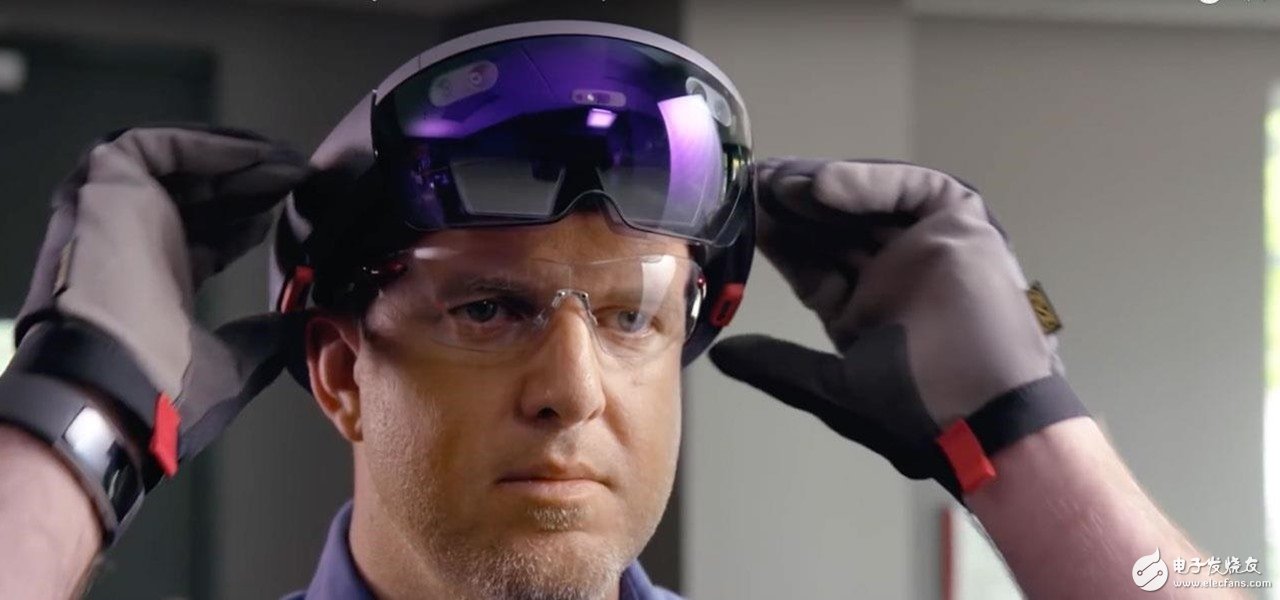
In a blog post on Tuesday, Microsoft's Bay Area team released some early prototype device images that led to the final release of HoloLens. Accompanying these images is the direct account of the team that started working on the device in September 2012. After about two years, the company launched the device to the public in January 2015 and will officially launch the next phase of immersion. Calculation.
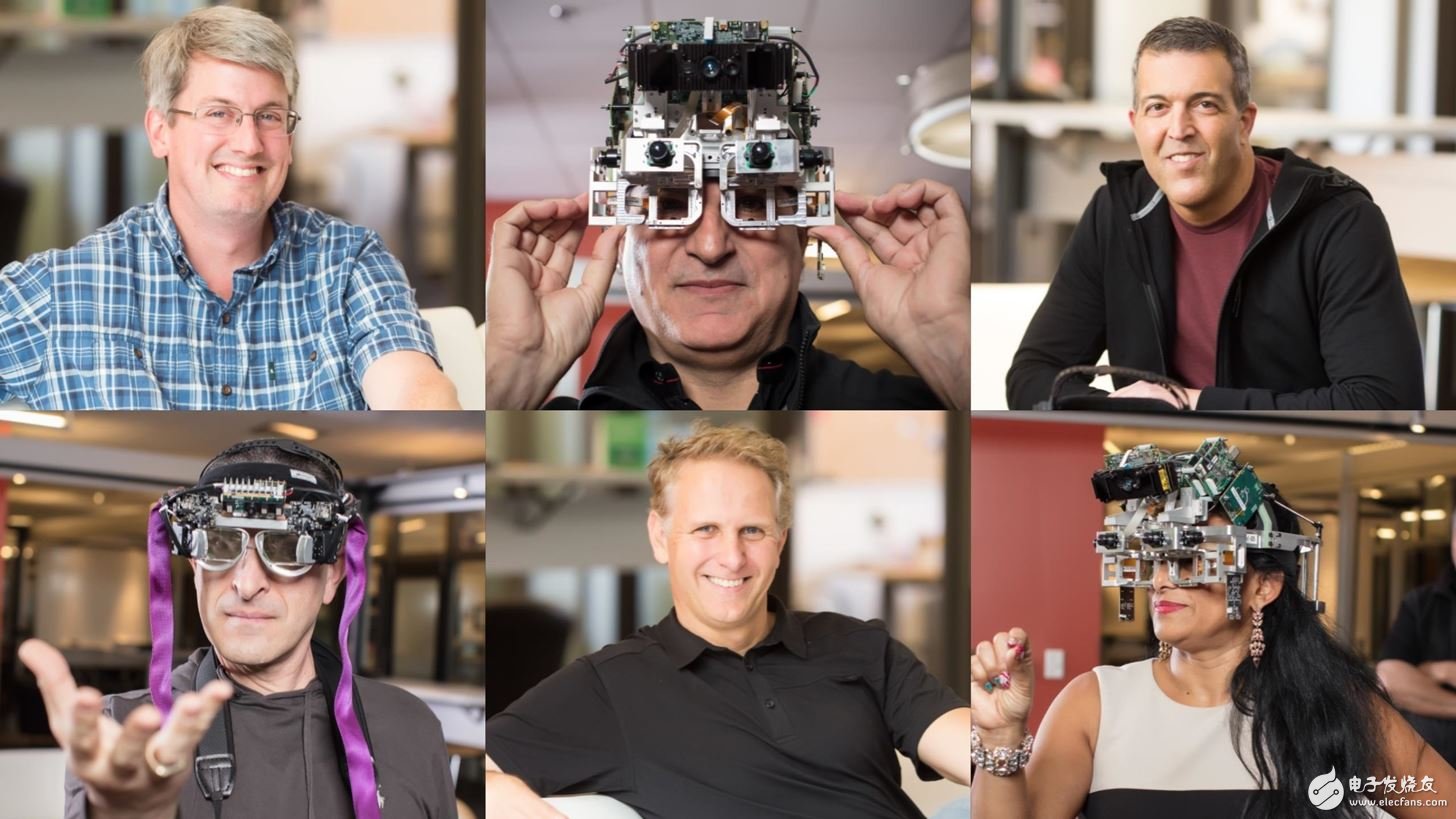
“It’s not easy for a person to see the real world, place holographic objects next to objects in the real world, and walk around with headphones without feeling uncomfortable.†Electrical for early projects Engineering Director Patrick Codd said. The company's website. “Research leads to human dizziness, how to prevent it, and how to make the picture look clear. This is not a trivial task.â€
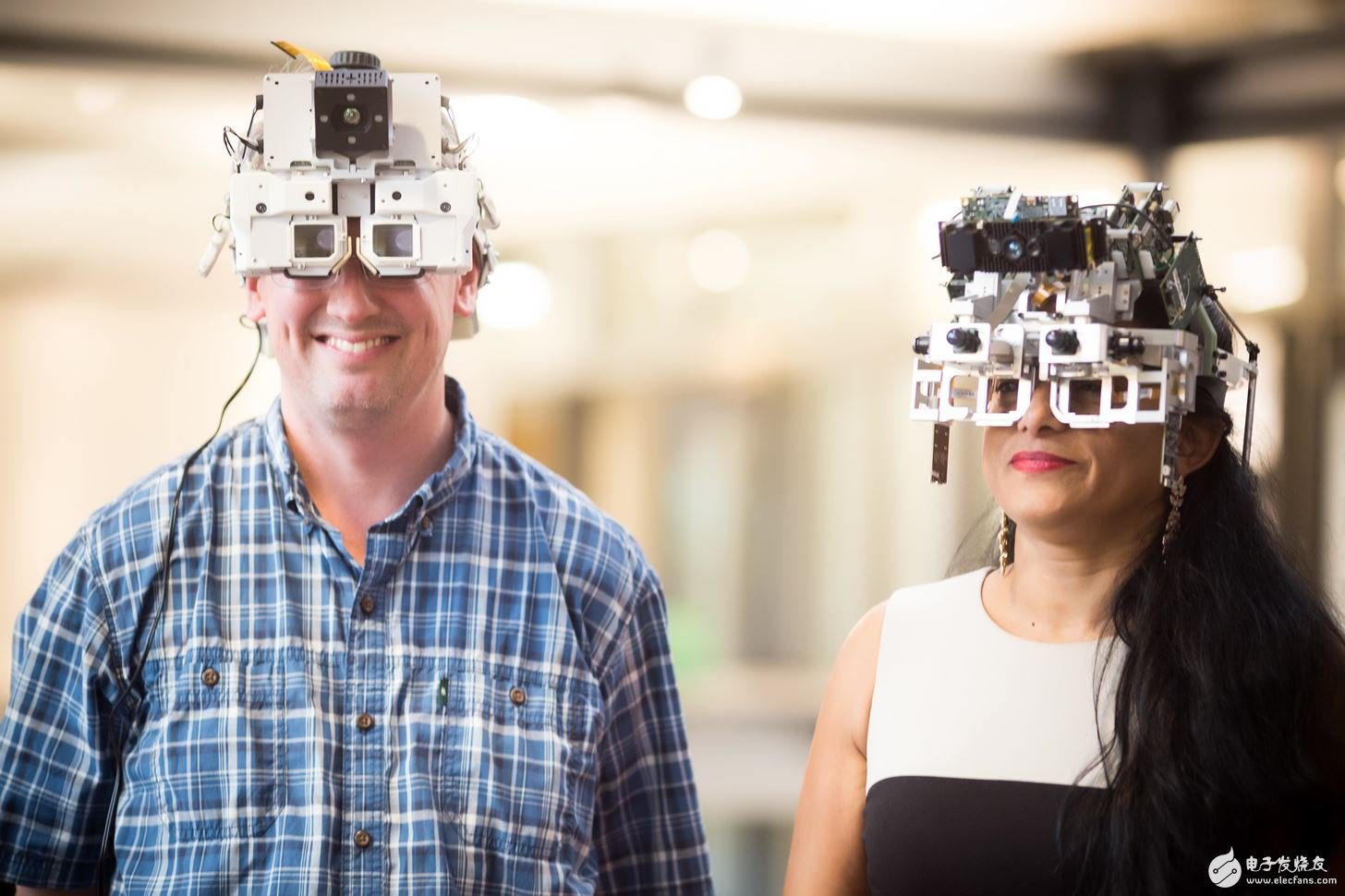
So while Magic Leap has been reminding the public how far it has been from early prototypes, how much progress has been made from early prototypes (the most recent GDC), Microsoft has just proved that it has made long-term progress. There is still a long way to go, and it is obviously much earlier than Magic Leap. It should be noted that Magic Leap's "cheesehead" prototype can be traced back to 2015. About two years later, HoloLens has surpassed the prototype stage.
A small mathematical operation tells us that Microsoft moved from a clunky prototype to a demo device on the stage in less than three years, while Magic Leap was at about the same time (providing or taking months) There is no device to demonstrate it on the stage.

Roy Riccomini, a mechanical product designer who was involved in the early HoloLens project, said: "The Microsoft team has broken through countless obstacles and has a lot of ideas about algorithms. In fact, it has made some hardware that is not very good looking, but it has succeeded. We were introduced. Make it a shipable product. However, these "new" images of the HoloLens prototype are not new, we saw them in 2015, but this seems to be the first time we saw early prototype team members I actually wore this device."
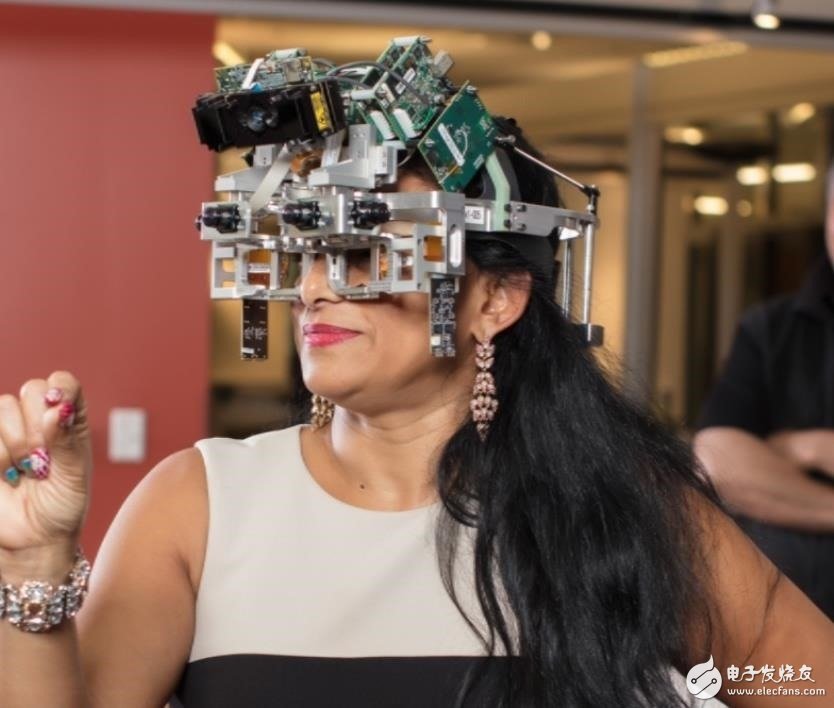
Maybe Magic Leap's longer line will eventually lead to better results than HoloLens. But in any case, it seems that the HoloLens team is moving faster, making immersive calculations a reality, not bound by Magic Leap's high-level secrets and the endless illusion of company leadership, which only makes people feel mysterious. Not really excited.
In general, it is increasingly difficult to deny this, so we just said that although the technical basis of each device is different, in the future, the war of the head-mounted AR helmet is taking shape, which will be HoloLens and Magic Leap. A direct battle between.
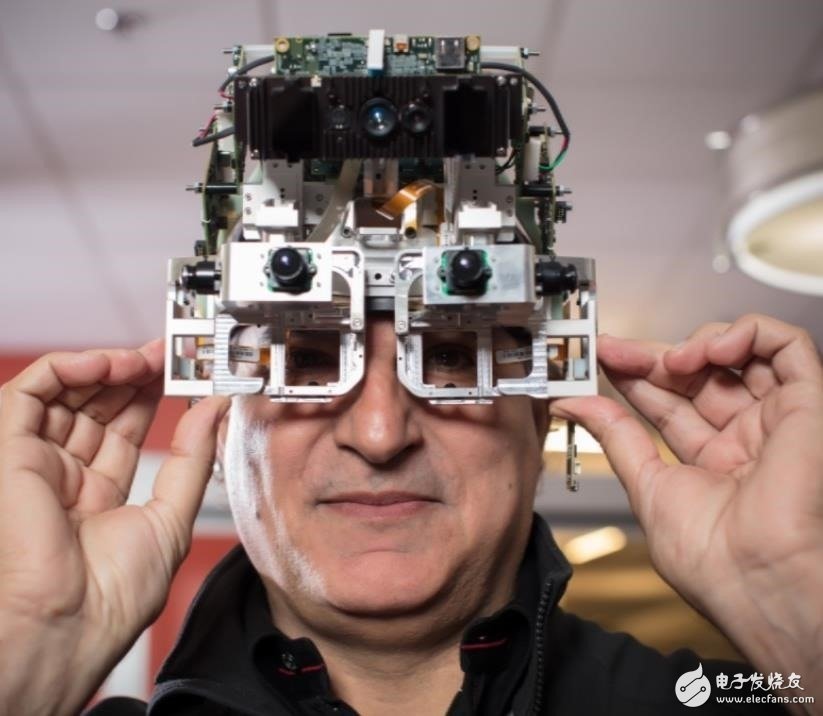
And these latest images from Microsoft are not just a friendly reminder, HoloLens first let developers know, this is also a signal that Microsoft does not intend to quietly fade out people's vision, because Magic Leap has been from developers, industry partners and End users get all the "mixed reality" attention.
No, this is not just a technical nostalgia. These early prototype images, along with the anecdotes shared with them, are a source of pride for the early achievements of HoloLens's early team, and strongly suggest that the two versions of HoloLens may have some skills, some of which include Magic Leap. ) may not appear.
Innosilicon is a worldwide one-stop provider of high-speed mixed signal IPs and ASIC customization with leading market shares in Asian-Pacific market for 10 consecutive years. Its IP has enabled billions of SoC's to enter mass production, covering nodes from 180nm to 5nm across the world`s foundries including: GlobalFoundries, TSMC, Samsung, SMIC, UMC and others. Backed by its 14 years of technical expertise in developing cutting-edge IPs and ASIC products, Innosilicon has assisted our valued partners including AMD, Microchip and Microsoft to name but a few, in realizing their product goals.
Innosilicon team is fully devoted to providing the world's most advanced IP and ASIC technologies, and has achieved stellar results. In 2018, Innosilicon was the first in the world to reach mass production of the performance-leading GDDR6 interface in our cryptographic GPU product. In 2019, Innosilicon announced the availability of the HDMI v2.1 IP supporting 4K/8K displays as well as our 32Gbps SerDes PHY. In 2020, we launched the INNOLINK Chiplet which allows massive amounts of low-latency data to pass seamlessly between smaller chips as if they were all on the same bus. With a wide range of performance leading IP in multiple FinFET processes and 22nm planar processes all entering mass production, Innosilicon's remarkable innovation capabilities have been proven in fields such as: high-performance computing, high-bandwidth memory, encrypted computing, AI cloud computing, and low-power IoT.
Innosilicon Miner:Innosilicon A4+ LTCMaster,Innosilicon A6+ LTCMaster,Innosilicon A6 LTCMaster
Ltcmaster,innosilicon ltcmaster,innosilicon ltc miner,Innosilicon a4,Innosilicon a6
Shenzhen YLHM Technology Co., Ltd. , https://www.sggminer.com
